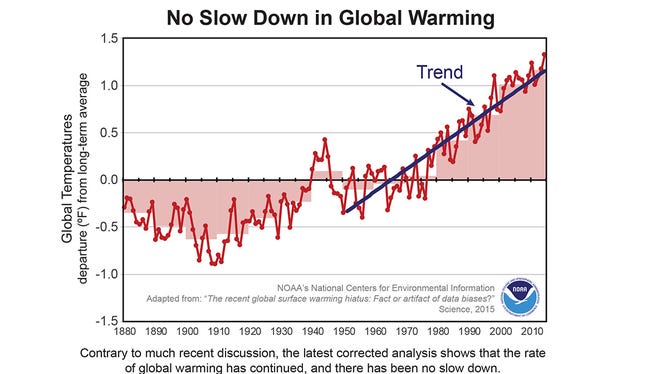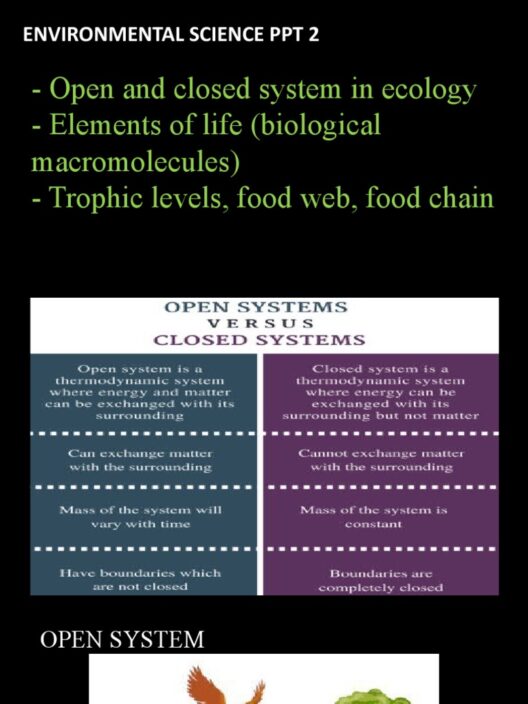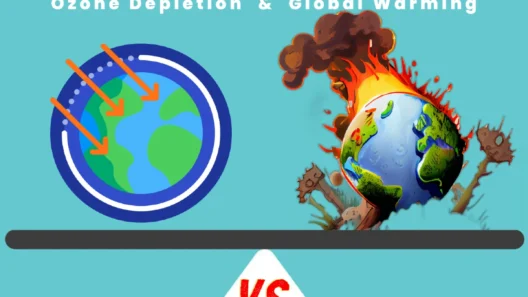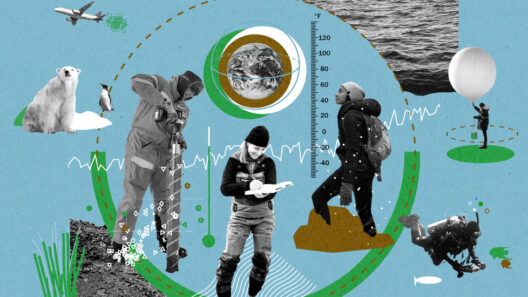Global warming has become an omnipresent concern, as the temperatures on Earth continue to rise at an alarming rate. However, within the scientific community, the phenomenon known as the “global warming hiatus” has emerged as a tantalizing, albeit controversial, topic of discussion. This hiatus refers to a period during which global average temperatures appeared to stall despite rising levels of greenhouse gas emissions. But can we truly consider this a genuine pause in a relentless rise? Or is it merely an anomaly, a whimsical detour on an otherwise escalating trajectory?
To understand the nuances of this hiatus, we must first explore the fundamental mechanics of climate change. The Earth’s climate is a complex system influenced by myriad factors including solar radiation, atmospheric composition, oceanic currents, and land use. In recent decades, the accumulation of greenhouse gases—predominantly carbon dioxide (CO2) from burning fossil fuels—has led to an unprecedented increase in average global temperatures. Despite this, from roughly 1998 to 2012, the rate of warming seemed to decelerate, giving rise to the concept of a hiatus.
Was this hiatus merely a statistical artifact? Some researchers argue that the public’s understanding of temperature trends can be skewed by the selection of starting and ending points of datasets. Indeed, if we refine our focus on specific periods, one could contrive a narrative that fits various conclusions. However, accepting this notion invites an uncomfortable inquiry: What exactly causes these perceived lulls in warming, and can we truly afford to ignore them?
One potential explanation for the hiatus, as debated among climatologists, revolves around the role of oceanic heat content. The oceans serve as a significant heat sink, absorbing excess heat from the atmosphere. Some scientists postulate that during the hiatus, warmer waters were transferred to greater depths. This process, known as oceanic thermal inertia, may have masked the immediate impacts of atmospheric warming. While this theory may provide a veneer of clarity, it concurrently presents a daunting challenge: Could the depths of the ocean be merely delaying the inevitable rise in temperatures?
Another factor adding to the complexity of the hiatus discussion is the influence of natural climate variability—particularly phenomena like El Niños and La Niñas. These oscillations in ocean-atmosphere interactions can significantly affect global temperatures over short periods. During the hiatus, a predominance of La Niña conditions may have contributed to the cooling effect observed, underscoring the pivotal role of natural climate drivers. Consequently, this introduces a potential quagmire: How do we disentangle human-induced warming from natural climatic fluctuations?
The question of human impact becomes particularly salient when we scrutinize the overarching trajectory of climate change. While the hiatus has led to divergent interpretations, the longer-term trend cannot be ignored. Climate models consistently forecast a projected increase in temperatures as greenhouse gas emissions continue unabated. Even during periods of apparent stasis, the overall momentum towards warming remains irrefutable. Here, another question arises: Might these short-lived pauses embolden climate skepticism or obfuscate the urgent narrative of climate action?
In light of these discussions, engaging with broader society becomes paramount. How can individuals grasp the intricacies of climatic phenomena such as the hiatus? The answer lies in education and communication. Scientific literacy should not merely reside within academic circles but must permeate everyday discourse. Encouraging open dialogue about the climate crisis, coupled with a clear analysis of phenomena like the hiatus, is essential for fostering a climate-conscious society.
Moreover, imparting clarity on the distinction between short-term variations versus long-term trends can empower citizens to advocate for meaningful action. Understanding that the hiatus does not negate the reality of climate change, but rather highlights the intricate dynamics within the climate system, positions individuals to advocate for policies that facilitate profound climate governance.
Furthermore, embracing alternative methods of climate advocacy can also yield significant benefits. Art, literature, and grassroots campaigns can serve as powerful tools for raising awareness and mobilizing communities. Engaging storytelling can illustrate the implications of climate change on local environments and economies, prompting individuals to act. Consequently, one could ask: If storytelling can resonate with people, could it inspire them to join the movement against climate change?
As we draw to a close, it is crucial to recognize that the global warming hiatus, while seemingly a momentary pause, is representative of a more complex narrative. While short-lived fluctuations may occur, the inexorable trend of global warming remains ever-present. As climate change unfolds, maintaining focus on the bigger picture is essential. It invites not only reflection but also action. In the face of an escalating climate crisis, can the collective resolve of humanity embrace the challenge posed by both natural variability and anthropogenic influences to forge a sustainable future?
The questions raised throughout this exploration serve as a reminder of the delicate balance humanity must navigate. We are at a critical crossroad where understanding the multi-faceted tapestry of our climate system is pivotal. Acknowledging the existence of the hiatus is essential, but so too is the recognition that enduring action is requisite to challenge the relentless advance of climate change.





